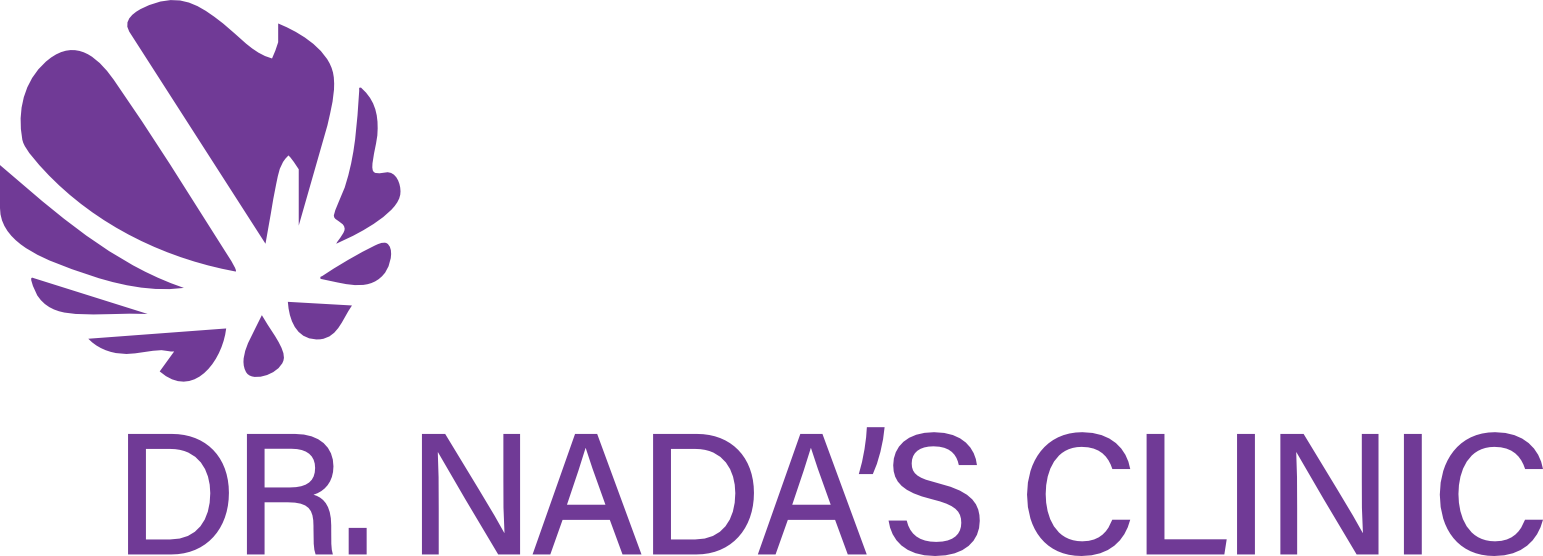What is laser hair removal?
Laser hair removal is a procedure to remove unwanted hair on your body. It’s noninvasive, which means it doesn’t require any cuts in your skin. People may get this treatment on any part of their body.
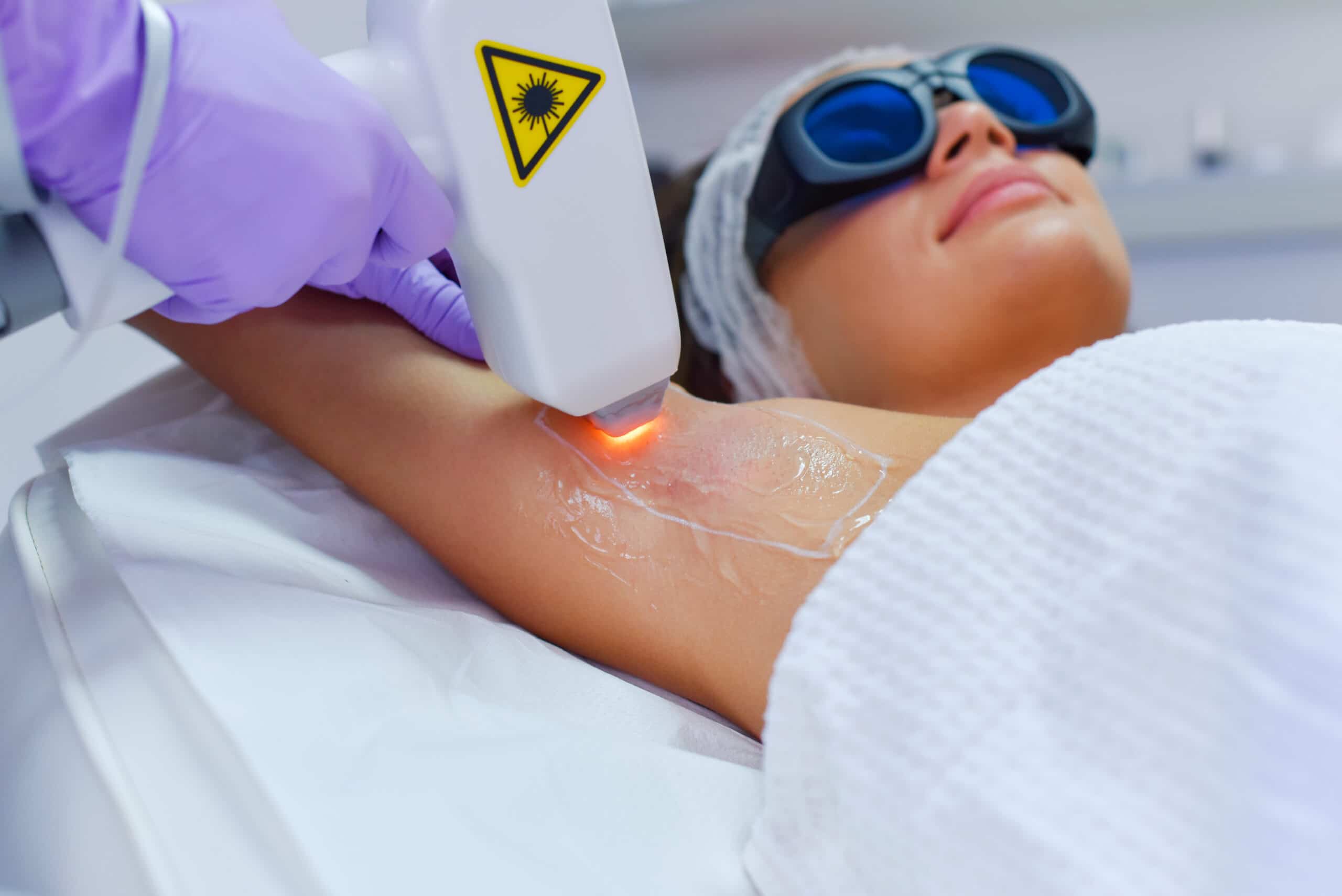
How does laser hair removal work?
Laser hair removal uses a process called selective photothermolysis. Heat from a laser destroys cells that have a lot of pigment (color). Since dark hair has a lot of pigment, it absorbs the most heat. Hair transfers heat to the hair follicles and destroys them, so hair can’t grow.
A hair follicle has to be in its anagen, or growth, stage for the procedure to work. Follicles are in different stages at different times, so most people need multiple laser treatments.
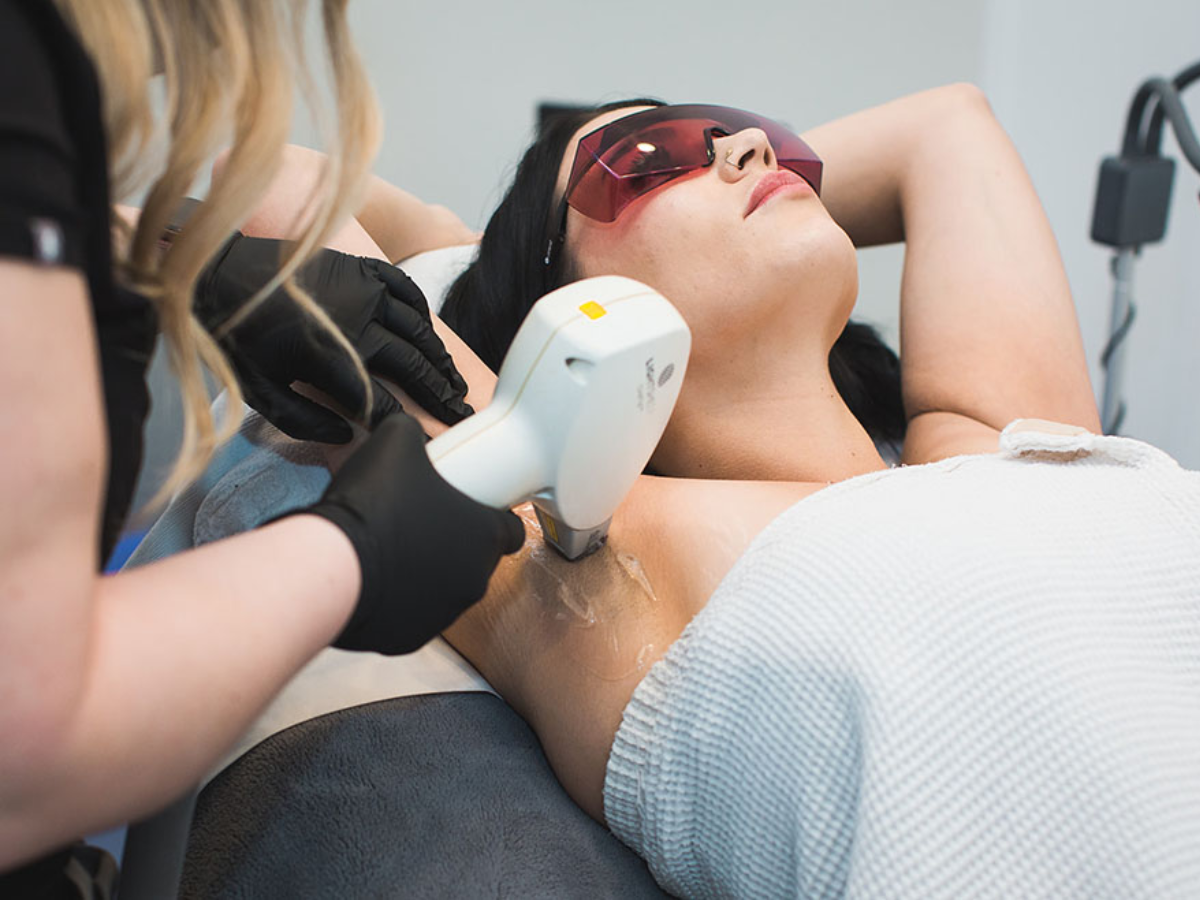
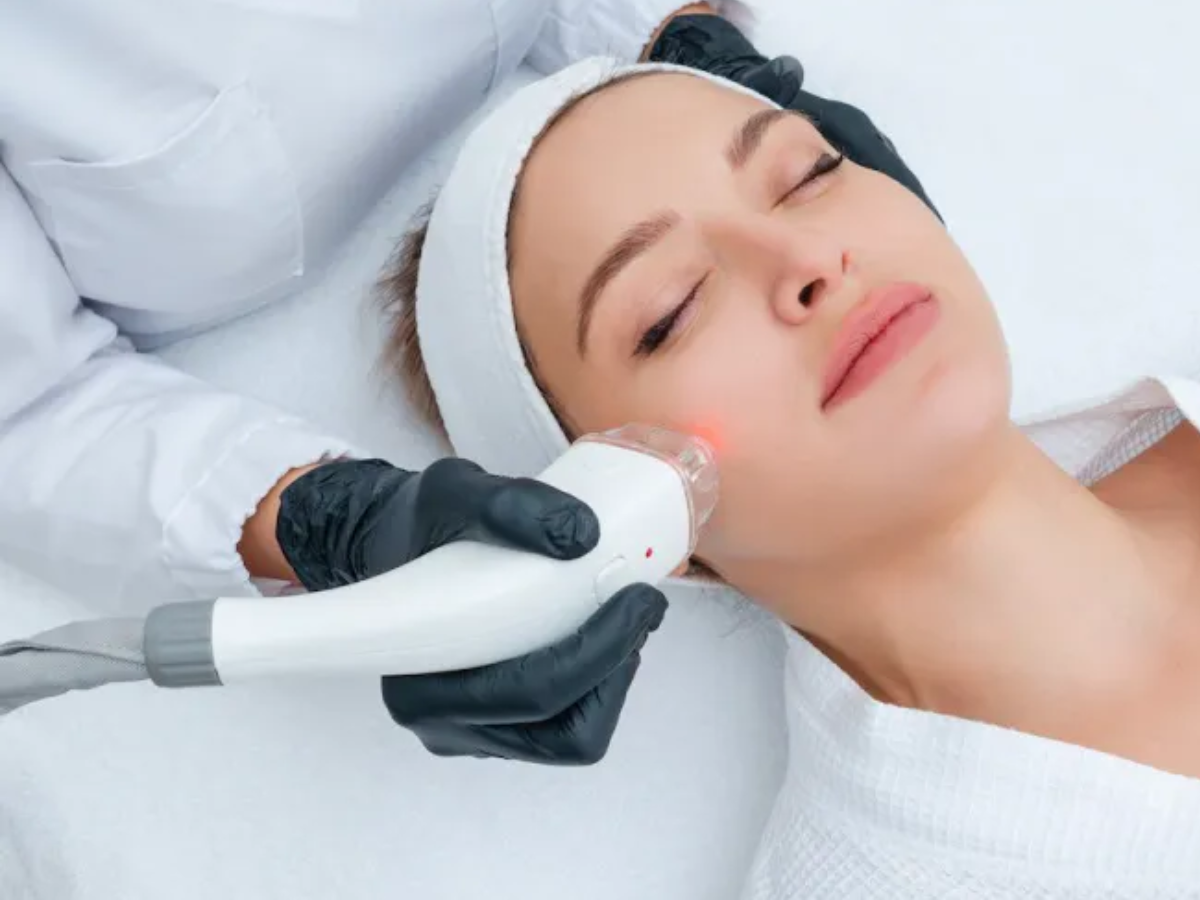
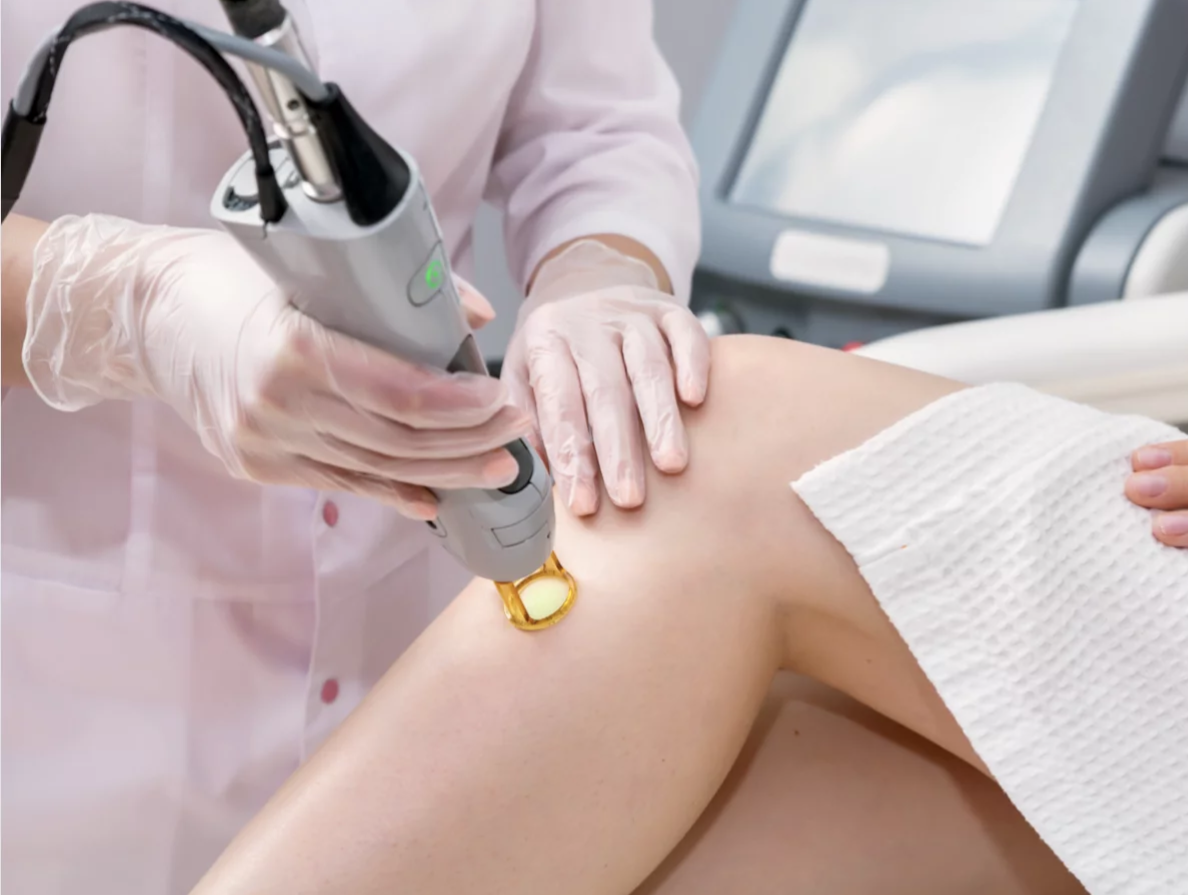
Is laser hair removal safe?
Laser hair removal is usually safe and effective for most people. Only an experienced healthcare provider should perform the procedure.
What is Long pulsed ND YAG?
Long Pulsed ND is a type of laser used for skin treatments. It works by sending longer bursts of light into the skin, which makes it good for things like removing hair, treating veins, and improving skin texture. It’s especially effective for deeper skin issues and is safe for various skin types.
How does Long pulsed ND YAG?
The Long Pulsed ND laser works by sending out long bursts of light energy into the skin. Here’s how it works:
- Penetration: The laser light penetrates deep into the skin without damaging the surface.
- Targeting: It targets specific areas like hair follicles or blood vessels.
- Heat: The light converts to heat, which destroys or damages the targeted tissues.
- Healing: The body then naturally heals, reducing the targeted issues like unwanted hair or veins.
This process makes it effective for treating various skin conditions and improving skin appearance.
what is laser diode?
A diode laser is a type of laser that uses a diode (a small electronic component) to produce a focused beam of light. It is commonly used for various treatments, including hair removal and skin rejuvenation, because it can target specific areas of the skin effectively.
How does a laser diode?
A laser diode works by using electrical current to produce light. Here’s how it works in simple terms:
- Electrical Current: When electricity flows through the diode, it excites atoms inside the diode.
- Light Production: This excitation causes the atoms to emit light.
- Focused Beam: The light is then amplified and directed through a small, precise opening, creating a focused laser beam.
This process allows the laser diode to produce a strong, concentrated beam of light used in various applications, from medical treatments to electronics.
What is IPL?
A laser diode works by passing an electric current through a small chip, which makes it produce a concentrated beam of light. The light is focused through a tiny opening, creating a precise and strong laser beam.
How Does IPL Treatment Work?
IPL therapy uses many wavelengths to fix unwanted skin pigment conditions or vein changes. The light waves pass through the top layer of skin (epidermis) to the targeted lesion, either pigmented or vascular.
In IPL treatment for pigment issues:
- The light heats the pigment cells and destroys them.
- The lesions could appear darker for a few weeks after treatment.
- The pigment cells then will either flake off or break down to let the body absorb them naturally.
In IPL therapy to treat blood vessel problems:
- Wavelengths heat the blood supply in the vessel.
- The heat causes the blood to thicken in the vessel walls and hinder circulation.
- The tiny veins collapse, letting the body absorb them.
For most skin conditions, you’ll need 3 to 6 treatments about a month apart. Spacing out appointments gives your skin time to heal.
